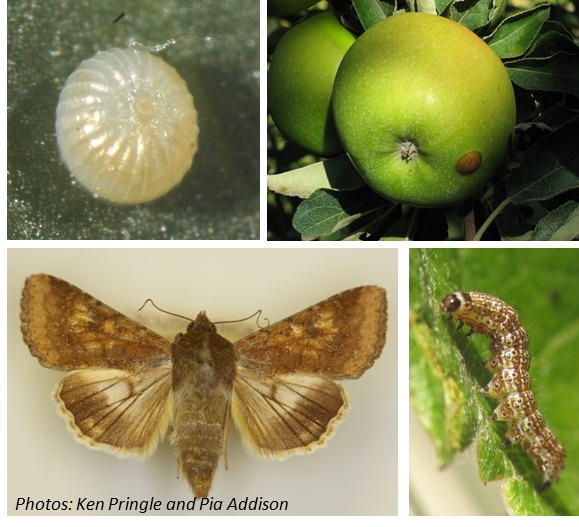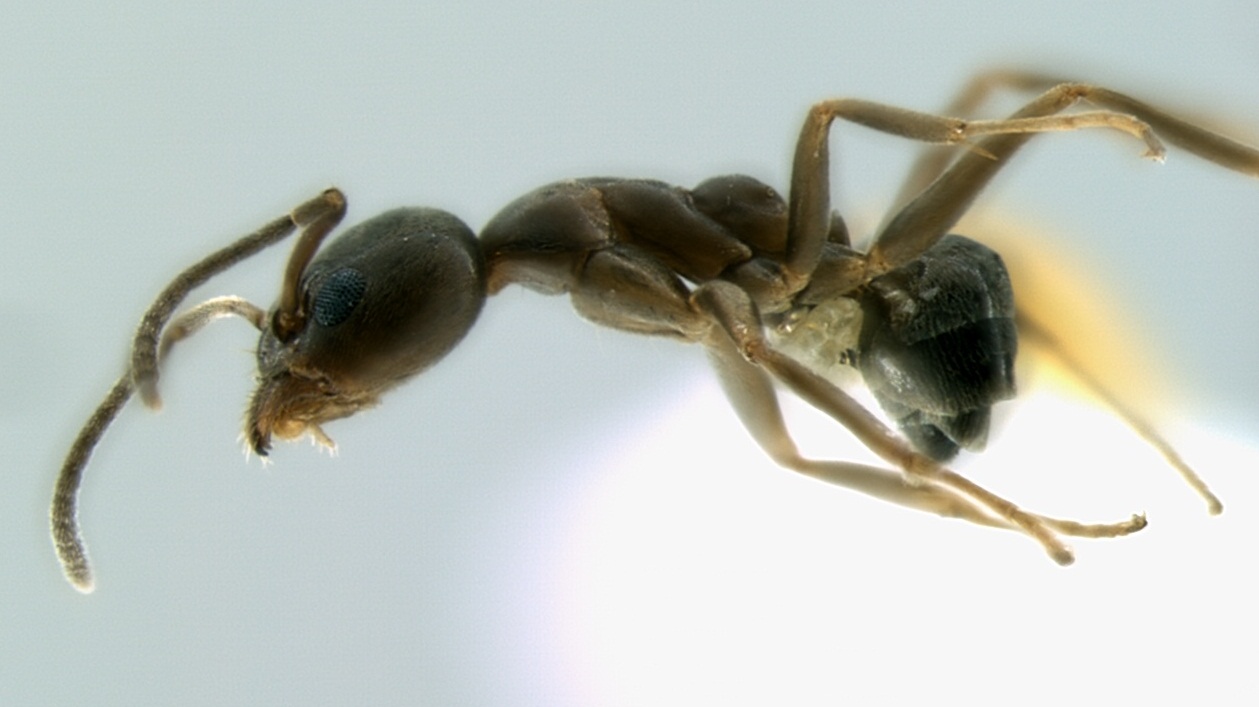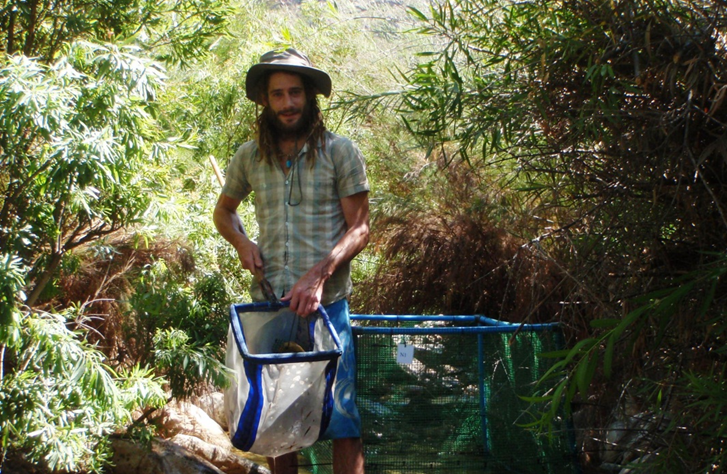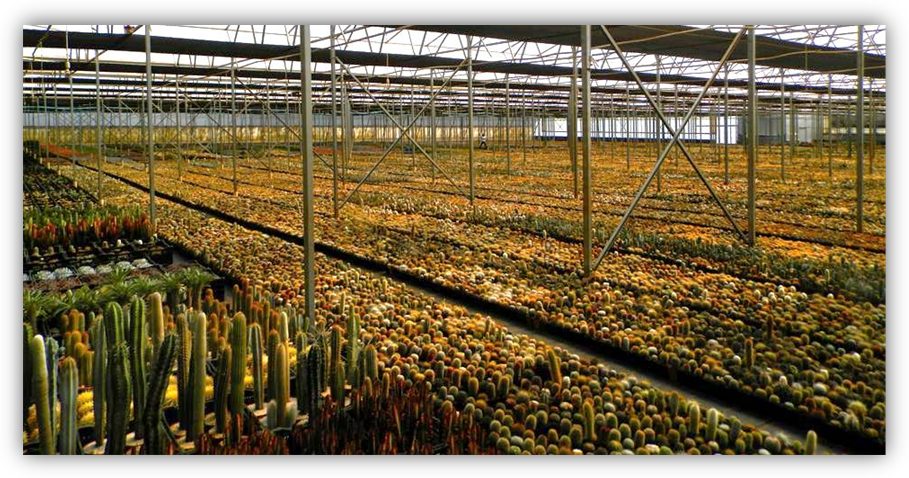C·I·B research predicts performance and survival of agricultural crop pests in the Western Cape
Predicting the impacts of climate change on biological systems is a difficult, but necessary, challenge of ecological research. This challenge is particularly important for agricultural pests that can cause damage to a region’s economy and food security. In the case of invasive pest insects, land managers require information on not only the presence of a species, but also its relative performance at a given location (i.e. potential damage to crops). To make such predictions under novel climates, an understanding of the processes through which climate constrains, or enhances, an organism’s survival and performance is required.





